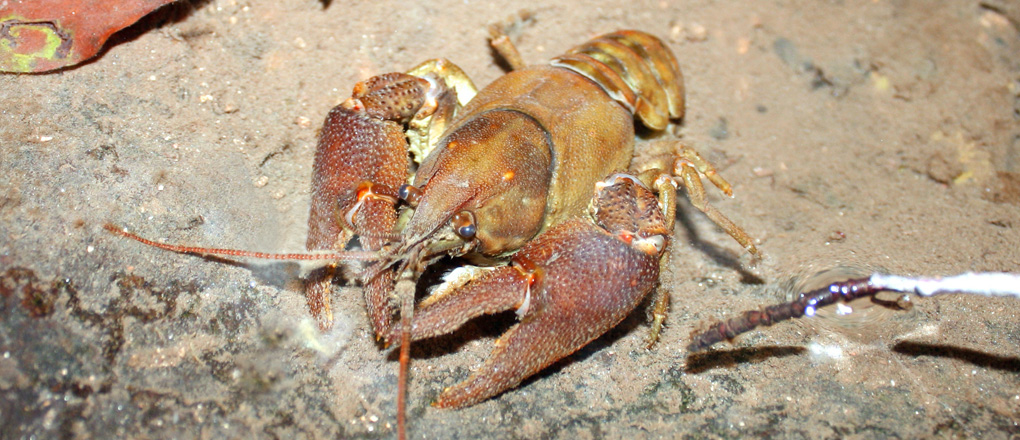
White Clawed Crayfish Surveys
Quants have years of staff experience in White clawed crayfish (WCC) surveys. Whether your project involves retaining walls, watercourse realignment or bridge works we will do the right type of survey for your site. Timely action from us can avoid delays, minimise your costs and ensure project delivery.
An endangered native species
White clawed crayfish are Britain’s only native crayfish species. They live in a variety of clean aquatic habitats and especially favour well-oxygenated hard-water streams and rivers. However, they may sometimes be found in less optimal habitats, such as reservoirs, canals and quarry pools. They have suffered drastic declines over the last few decades from a combination of habitat destruction, pollution and disease from non-native signal crayfish. Signal and other non-native crayfish are larger and more aggressive than the native species and are able to produce more young. Consequently, the introduced species pose a threat not only because some are disease-carriers (crayfish plague), but also through predation and competition with white clawed crayfish. In the UK, signal crayfish are now well-established in the wild.
What our WCC surveys entail
Surveys may be required for white-clawed crayfish if distribution and historical records suggest they may be present, or development or repair works are likely to cause damage to known populations. Trapping surveys must be undertaken by a licensed ecologist between July and October or in April, and mitigation can take place during the same months.
Further information: White-clawed crayfish: advice for making planning decisions: https://www.gov.uk/guidance/white-clawed-crayfish-advice-for-making-planning-decisions
